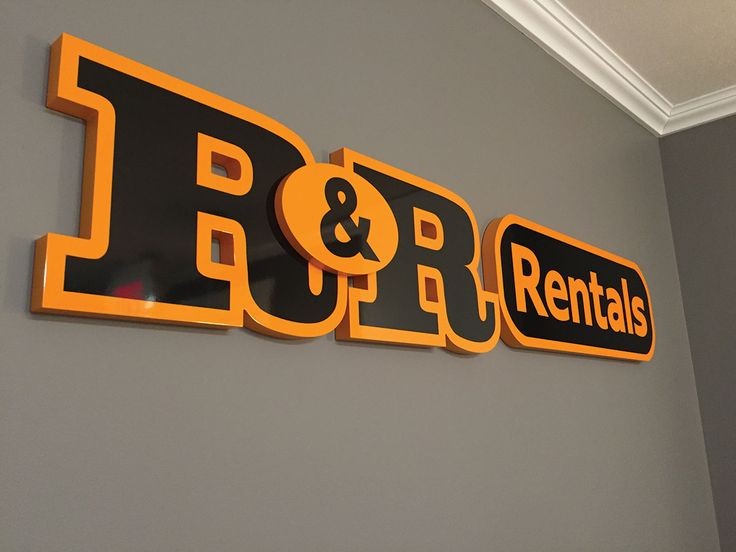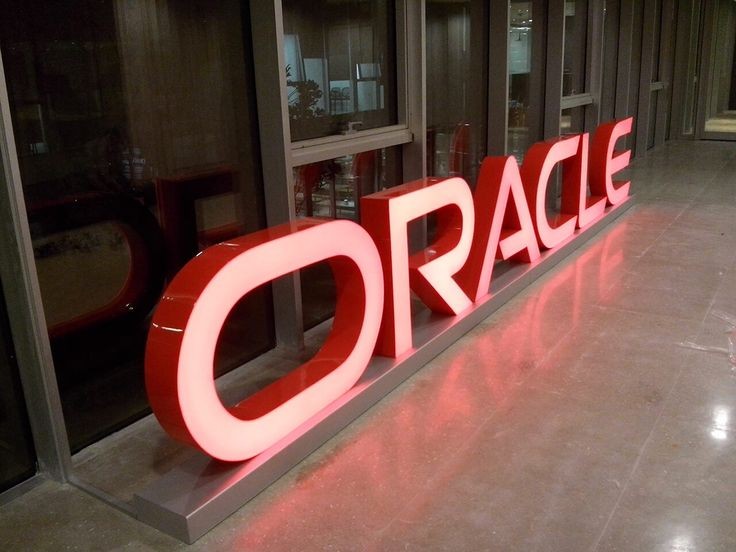In the world of business, signage is a powerful tool for visibility, branding, and communication. Signs help businesses attract customers, provide information, and enhance brand presence. While there are numerous forms of signage, they can generally be divided into three main categories: indoor signs, outdoor signs, and digital signs. Understanding these types of signs can help businesses make informed decisions about the most effective signage for their needs.
Understanding the Types of Signs
Businesses rely on various types of signs to serve different purposes. Each type has its own strengths and is suited to specific environments and objectives. While indoor signs are effective for branding and navigation within a space, outdoor signs are ideal for attracting customers and establishing a business’s presence in a community. Digital signs, on the other hand, bring flexibility and modern appeal, allowing businesses to update their messaging quickly and creatively.
Outdoor Signs
Outdoor signs, also known as exterior signs, are typically installed on the building’s exterior or in surrounding outdoor areas. These signs are meant to attract potential customers, create brand awareness, and convey essential information like a business name, location, and contact information. Here are some popular outdoor sign options:

Storefront Signs
Storefront signs are one of the most common types of outdoor signs and play a vital role in identifying the business location. These signs often feature the business name and logo, making them easily recognizable from a distance. Storefront signs can be made from materials like metal, acrylic, wood, or illuminated with LED lighting for visibility at night.
Monument Signs
These signs are freestanding structures typically placed at a business’s entrance. They are popular among businesses located in large complexes or along busy roads, as they provide a highly visible and professional look.
Pylon Signs
Pylon signs, also known as pole signs, are tall freestanding structures that display a business’s name and logo at a significant height. These signs are especially effective for businesses located near highways or high-traffic areas, where they need to capture attention from a distance.
Billboards
Billboards are large advertising signs placed in high-traffic areas to attract attention from a wide audience. Digital billboards offer an extra layer of versatility, allowing businesses to display rotating messages or animations.
Benefits of Outdoor Signs
Outdoor signs provide businesses with several advantages. They help establish a brand’s presence in the community, attract new customers, and improve visibility. By investing in high-quality outdoor signage, businesses can create a lasting impression that resonates with their target audience.
Materials and Durability
Given that outdoor signs are exposed to weather conditions, they’re typically made from durable materials like metal, acrylic, and weather-resistant plastics. Many outdoor signs also feature protective coatings or UV-resistant finishes to prevent fading and wear.
Indoor Signs
Indoor signs are primarily used within a building’s interior to enhance branding, improve customer experience, and provide directional or informational support. These signs are essential for businesses with large facilities, such as shopping malls, hospitals, hotels, and office complexes. Indoor signs come in many forms, each serving a specific purpose.


Lobby and Reception Signs
Lobby and reception signs help create a strong first impression by prominently displaying the company logo, name, and branding colors. These signs are usually placed behind the reception desk or in the lobby area to welcome visitors.
Directional and Wayfinding Signs
Directional signs, or wayfinding signs, assist visitors in navigating a space. These signs are especially important in large buildings, hospitals, airports, and corporate campuses. Wayfinding signs often use clear, simple graphics and text to ensure easy understanding and readability.
Menu Boards and Point-of-Purchase Displays
Menu boards are commonly found in restaurants, cafes, and retail stores, where they display product information, prices, and promotions.
Safety and Compliance Signs
Safety signs inform employees and visitors of potential hazards, emergency exits, and compliance requirements. These signs are crucial for maintaining a safe environment and ensuring compliance with industry regulations.
Benefits of Indoor Signs
Indoor signs offer several advantages, from enhancing brand recognition to improving customer experience. They create a cohesive look within a business environment, help visitors find their way, and make spaces more welcoming and functional.
Design and Material Options
Indoor signs offer a wide range of design possibilities and materials, from acrylic and metal to wood and vinyl.
Digital Signs
Digital signs have become increasingly popular due to their flexibility, interactivity, and modern appeal. Signage typically includes LED or LCD screens that display dynamic content, such as videos, animations, and slideshows.
LED Screens
LED screens are commonly used in digital signage because they offer bright, clear displays that can be easily seen from a distance. These screens are energy-efficient and suitable for both indoor and outdoor environments.
Interactive Touchscreens
Interactive touchscreens take digital signage to the next level by allowing customers to interact directly with the content. These screens are popular in retail environments, museums, and event spaces, where they provide an engaging way for customers to learn about products, services, or exhibits. Interactive signage can display product catalogs, offer virtual assistance, and even process orders.
Digital Menu Boards
Digital menu boards are frequently used in restaurants, cafes, and fast-food chains, replacing traditional printed menus. These boards allow businesses to update their menu items and prices easily, display high-quality images of their offerings, and feature animated specials or limited-time promotions. Digital menu boards are also more sustainable, as they reduce the need for printed materials.
Wayfinding Kiosks
Digital wayfinding kiosks provide an interactive experience for visitors trying to navigate large facilities, such as airports, shopping malls, and hospitals. These kiosks display maps, directories, and other useful information, helping visitors find their way more efficiently.
Benefits of Digital Signs
Digital signs provide numerous benefits, particularly for businesses seeking a dynamic and adaptable form of signage. The ability to change content instantly is a major advantage, allowing businesses to update their messaging based on time, season, or promotional needs. Digital signs also offer an engaging experience that can capture attention more effectively than static signs.
Hardware and Software Considerations
Digital signage requires both hardware (such as LED screens or touchscreens) and software to manage the content. Many digital signage solutions come with cloud-based software, enabling businesses to schedule content remotely. This makes it easy to manage multiple signs across different locations from a single platform.
Choosing the Right Type of Sign for Your Business
When deciding which type of sign to use, it’s important to consider your business’s location, branding needs, and target audience. Each type of sign has its unique advantages, and choosing the right one depends on the purpose you aim to achieve:
Outdoor Signage
If your goal is to attract customers and establish your business’s presence in the community, outdoor signs are essential. Consider using a mix of storefront, monument, or pylon signs to increase visibility and make a strong first impression.
Indoor Signage
For enhancing customer experience and supporting internal branding, indoor signage is a smart choice. Directional signs, wall graphics, and reception signs can create a cohesive environment and guide visitors through the space.
Digital Signage
For businesses seeking flexibility and a modern aesthetic, digital signage is a versatile option. Digital signs are ideal for changing promotions, interactive experiences, and dynamic content that grabs attention.d
Conclusion
Understanding the three main types of signs—outdoor, indoor, and digital—can help businesses create a comprehensive signage strategy that meets their needs. Each type offers unique advantages and can serve various purposes, from attracting customers and guiding visitors to enhancing branding and delivering dynamic content. By investing in the right mix of signage, businesses can make a lasting impression and build stronger connections with their audience.




